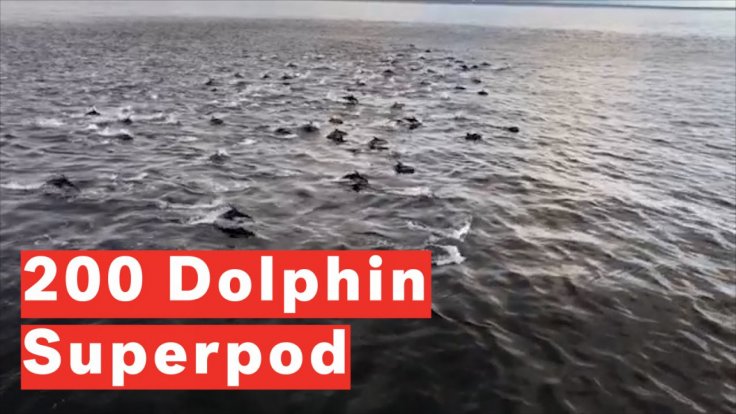
Scientists have understood that cooperative behavior helps to grow a social species. Activities such as hunting, breeding and child-rearing among animals and humans helps living species to bond, survive and thrive. How do animals gel and put their hands on the mast together? How much togetherness and cognition is needed for it? Most associated experiments have been conducted on terrestrial animals, with very little effort on aquatic beings.
The dolphin is an example of a species that is part of a social group. One group of dolphins constitutes a pod, or a 'fission-fusion society'. All the animals come together and might unite or separate over time, and many are aware of the partners' important part in their joint, cooperative activities.
As scientists find conventional experiments tough to conduct as well as complex to analyse, they have not determined behaviour among dolphins. Scientific experiments at Kyoto University's Primate Research Institute, Kindai University, and Kagoshima City Aquarium, decided to examine and explore such behaviour after streamlining earlier experimental conditions.
Their report, which was published in the journal PeerJ, mentioned: "In our investigation, we wanted to find out how bottlenose dolphins coordinate their cooperative behavior. Our setup was the Hirata's rope-pulling task: where two dolphins pull on opposite ends of a rope simultaneously to receive rewards." said first author Chisato Yamamoto.

The cooperative pulling paradigm is also titled the Hirata task. It is a clue to the characteristic of animals such as chimpanzees, dogs, and elephants showing cooperative abilities. Using dolphins to arrive at their conclusion, researchers would first trigger off the initiators to move towards their activities. After a small gap of a few seconds, they would send a follower. The scientists saw and recorded that the initiator would wait till the partner reached the location of the task. The follower would then bring their swimming speed into sync with each other, in order to coordinate with the initiator.
"Having initiators and followers coordinate behavior for a task has previously been observed in chimpanzees and orangutans," continues Yamamoto. "But dolphins appear to be more flexible in their coordination, capable of changing their actions depending on where their partner is." The cooperation and coordination are mostly likely indications of affiliative behaviour, explained Team leader Masaki Tomonaga. It showed a technique of social interactions working to strengthen social bonds with a cohesive team.









